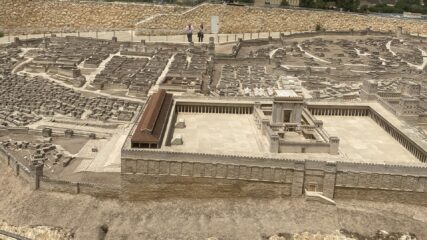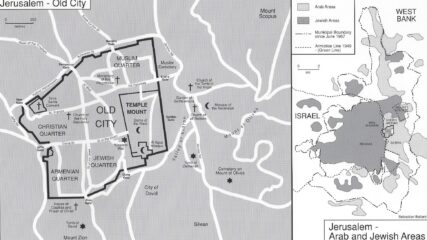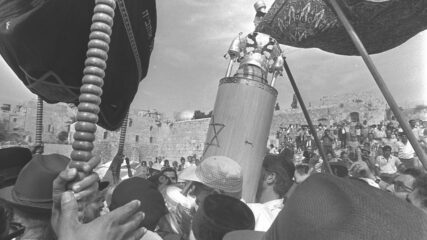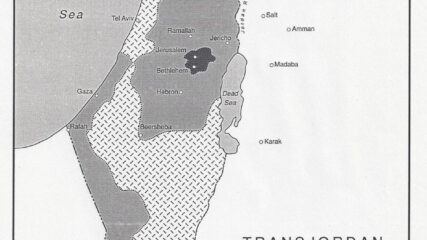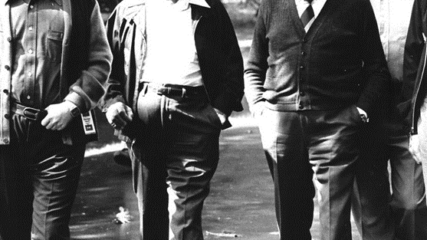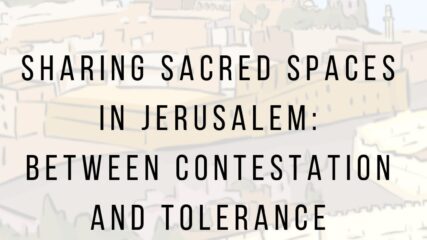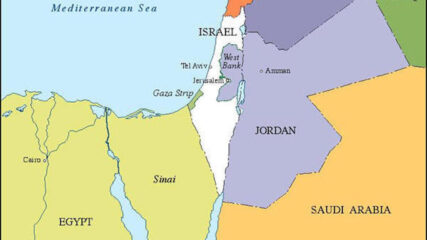Jerusalem, sitting in the Judean Hills between the Dead Sea and the Mediterranean and established over 5,000 years ago, is one of the oldest and holiest cities in the world.
It is the spiritual center of Judaism and home to holy sites of Christianity and Islam. Jerusalem, according to Israeli author Amos Oz, “contains more different versions of heaven than any outsider can imagine.”
For thousands of years, when Jews were in exile and when they held sovereignty over the city, Jerusalem remained a point of veneration and adulation. Jews adopted the word aliyah to describe going to Israel or, literally, “going up” to Jerusalem, the same term Jews use in their prayer service when called to bless the Torah when it is read in public.
Having been captured and recaptured 44 times, the city fuses multiple cultural traditions and languages, all of which are layered on top of religious controversies and archaeological treasures. The old walled city inside greater Jerusalem was built in the early 1500s, with Armenian, Jewish, Christian and Muslim quarters.
Jerusalem is the capital of Israel, a unified city since the conclusion of the June 1967 war, with unfettered access to all holy places. Since then, its political future has been continually discussed in Arab-Israeli negotiations and often has been a focal point for Arab and radical Islamic denunciation because of Israeli and Jewish control. The phrase “the liberation of Jerusalem” often is used as shorthand for advocating the destruction of Israel, and Jerusalem has been a frequent location for Arab-Jewish violence the past 100-plus years.
In January 2018, Israel’s parliament passed a law that requires a two-thirds majority support (80 of 120 Knesset members) for any section of Jerusalem to be transferred to a foreign government.
Throughout time, pilgrims from the three major monotheistic religions have made Jerusalem an essential destination.

